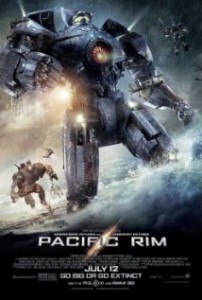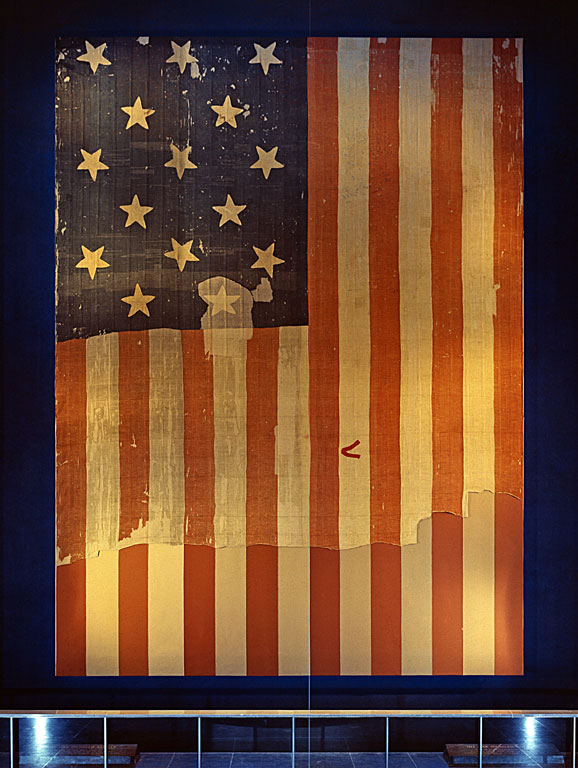Good morning, Whitewater.
Saturday will be sunny and mild, with a high of fifty-nine. Sunrise today is 6:33 AM and sunset 7:08 PM. The moon is in a waning gibbous phase with 74% of its visible disk illuminated.

Pacific Rim was a big-budget film about building giant robots to fight giant monsters – kaiju – that were emerging from the ocean floor and terrorizing coastal communities. It was good fun, but then who’d imagine that kaiju might be (or once have been) real?
Over at the Washington Post, there’s an article about a now-extinct reptile, Spinosaurus, that might have been called a kaiju had anyone seen a living one in our time:
On this weekend in 1814, Francis Scott Key pens the words that later become America’s national anthem:
“The Star-Spangled Banner” is the national anthem of the United States. The lyrics come from “Defence of Fort M’Henry”,[1] a poem written in 1814 by the 35-year-old lawyer and amateur poet Francis Scott Key after witnessing the bombardment of Fort McHenry by British ships of the Royal Navy in the Chesapeake Bay during the Battle of Fort McHenry in the War of 1812.
The poem was set to the tune of a popular British song written by John Stafford Smith for the Anacreontic Society, a men’s social club in London. “The Anacreontic Song” (or “To Anacreon in Heaven”), with various lyrics, was already popular in the United States. Set to Key’s poem and renamed “The Star-Spangled Banner”, it would soon become a well-known American patriotic song. With a range of one octave and one fifth (a semitone more than an octave and a half), it is known for being difficult to sing. Although the poem has four stanzas, only the first is commonly sung today.
“The Star-Spangled Banner” was recognized for official use by the Navy in 1889, and by President Woodrow Wilson in 1916, and was made the national anthem by a congressional resolution on March 3, 1931 (46 Stat. 1508, codified at 36 U.S.C. § 301), which was signed by President Herbert Hoover.


Spinosaurus Vs. T-Rex in Jurassic Park III..!?